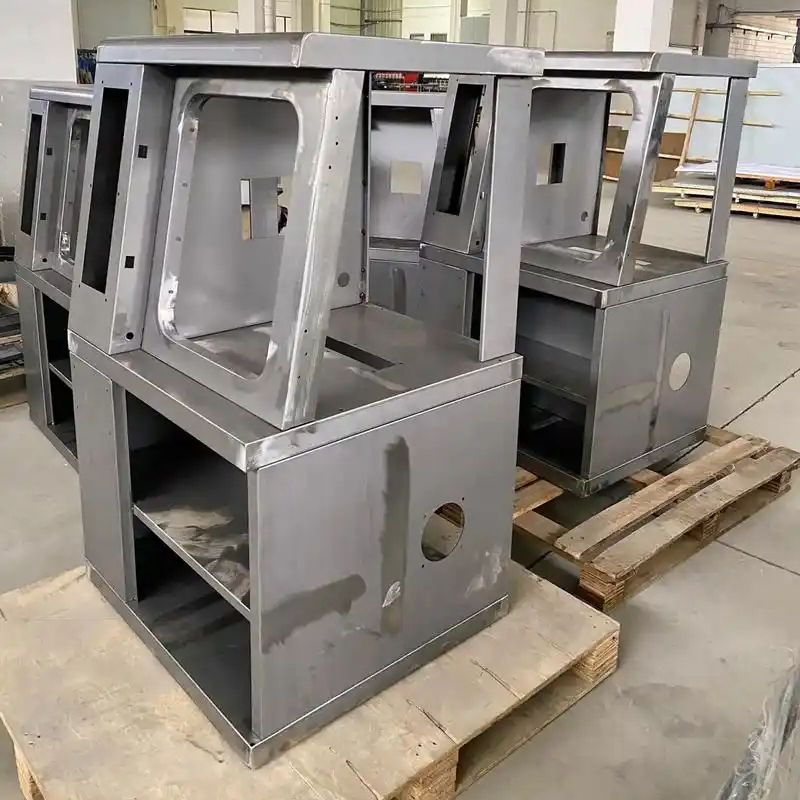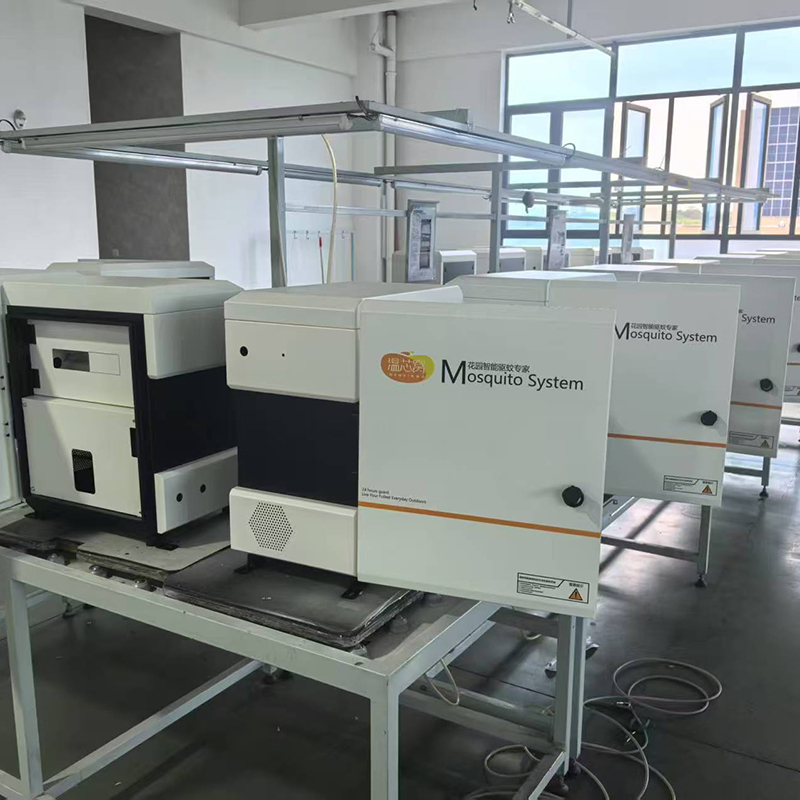Think of Cold Roll Steel as the refined cousin of hot-rolled steel. It actually starts as a hot-rolled coil. But then, we put it through a pretty transformative journey. First, it gets a thorough cleaning – a pickling process – to strip away any of that rough surface scale. Then comes the magic: it's rolled, and rolled again, at room temperature, well below the steel's recrystallization point. This "cold working," typically following a "Hot-Rolled → Pickling → Cold Rolling" path, is what lets us achieve incredibly tight control over the final thickness and gives it that signature smooth surface. You'll see it as flat sheets, sometimes called "box sheets," or in long, continuous coils – ready for your line. This isn't just about looking good; this process fundamentally changes the steel's character, resulting in a sheet metal that often outperforms hot-rolled when it comes to surface quality and those all-important dimensional tolerances, especially after it’s been properly heat-treated.

We know that not all Cold Roll Steel is created equal. It’s the attention to the base material, the precision of the rolling, and the understanding of the metallurgy that sets superior sheet metal apart. Here’s what we focus on:
Accuracy You Can Bank On: When your dies are set and your designs are tight, you can't afford variations. We get that. That's why our Cold Roll Steel typically boasts a thickness consistency that doesn’t vary by more than 0.01 to 0.03mm. Believe me, when you're running high-volume production, that kind of reliability saves a lot of headaches and ensures your parts fit just right, every time.
Thin, But Mighty: The cold rolling process is fantastic for producing thinner gauges that hot rolling just can't reliably achieve. While hot rolling might bottom out around 0.78mm for the thinnest practical sheets, we can readily produce Cold Roll Steel in a versatile range, often from 0.1mm up to a sturdy 4.5mm. And for very specialized applications, like certain steel strips, that process can even push down to an incredible 0.001mm. This opens up possibilities for more delicate or space-sensitive designs.
A Surface That Speaks Volumes: Forget the rough, pitted surface you might associate with more basic steels. Our Cold Roll Steel offers a superior, clean surface finish. We're talking smooth, often with a brightness that makes it an ideal canvas for painting, powder coating, or electroplating. Some processes can even yield a mirror-like surface. This means less prep work for you and a better-looking final product.
Engineered for Your Application – Understanding Annealing and Hardness:
The Annealed Workhorse: For most folks needing to bend, stamp, or draw Cold Roll Steel, our annealed product is what you're looking for. Annealing is a critical heat treatment we perform after cold rolling. Why? The cold rolling process itself makes the steel harder and less ductile – that’s called work hardening. Annealing carefully reverses much of this, eliminating those internal stresses and significantly lowering the yield strength from its "as-rolled" state. The result is a sheet metal with fantastic formability, ready for your complex shapes, and capable of excellent deep drawing performance. It’s about giving you a material that wants to take the shape you give it.
"Rolled Hard Coil" – When You Need the Strength: Now, sometimes you want that hardness that cold working imparts. That's where our "rolled hard coil" comes into play. This is Cold Roll Steel that hasn't been annealed. Because of all that continuous cold deformation, its hardness shoots up – often to HRB 90 or even higher – and its strength gets a serious boost. The trade-off? It's much less forgiving when it comes to forming. You’d typically use this for parts needing only very simple, directional bends – think less than 90 degrees, and usually perpendicular to the direction the coil was rolled – or where that high hardness is exactly what the application demands. It's also a common starting material for hot-dip galvanizing lines, because those lines often have their own annealing furnaces built in.

When you're specifying sheet metal, you’ve got real-world concerns. Let's tackle some common questions we hear about Cold Roll Steel:
Q: "Practically speaking, what’s the biggest win for me choosing Cold Roll Steel over Hot Rolled?"
A: "It really boils down to two things: precision and finish. If your part needs to look good, or if it needs to fit together with tight tolerances, Cold Roll Steel is a clear winner. You're getting that thickness controlled down to 0.01 to 0.03mm in many cases. The surface is smooth and clean, ready for finishing, without the scale you get on hot-rolled. So, less prep, better appearance. For something like an appliance casing or an automotive panel, it’s night and day. And if you need to do some serious forming, our annealed Cold Roll Steel sheet metal has excellent ductility that you won't find in standard hot-rolled."
Q: "This 'rolled hard coil' – why would I pick that instead of the regular annealed Cold Roll Steel?"
A: "Think of 'rolled hard coil' as Cold Roll Steel in its 'full work-hardened' state, before we soften it up with annealing. It's significantly harder – like I said, often HRB 90 or more – and stronger. So, if you need that inherent stiffness and strength, and your part doesn't require much complex bending (maybe just a simple fold, less than 90 degrees), then 'rolled hard coil' could be the ticket. But for anything that needs to be stamped, drawn, or intricately shaped, you'll want our annealed Cold Roll Steel. The annealing makes it much more formable."
Q: "How thin can you actually get this Cold Roll Steel sheet metal?"
A: "We can get it impressively thin. A lot of the everyday Cold Roll Steel we supply for sheets and coils is in that 0.1mm to 4.5mm sweet spot, though some mills go up to 8.0mm. But the actual cold rolling technology itself can produce super-specialized steel strip down to an almost unbelievable 0.001mm. It really depends on what your application needs from the sheet metal."
Q: "Where does most of your Cold Roll Steel end up? What are people making with it?"
A: "Oh, it's everywhere! It's such a versatile sheet metal that some call it a 'must-have material in modern society.' We see our Cold Roll Steel going into automotive manufacturing – body panels, structural parts; home appliances – those smooth sides on your fridge or washing machine; electrical cabinets and products; all sorts of industrial equipment; precision instruments that need dimensional stability; and even things like food cans. If it needs to be precise, look good, and form well (after annealing), Cold Roll Steel is usually in the running."
Q: "What about those internal stresses I hear about in Cold Roll Steel? Is that an issue?"
A: "That's a sharp question. Yes, the cold rolling process itself does build up internal stresses in the steel. But for the vast majority of the Cold Roll Steel we provide – the annealed kind – that's exactly what the annealing process fixes. It's designed to relieve those stresses, which is what gives it back its great formability. Now, if you were using 'rolled hard coil' (unannealed), or designing very specific cold-formed profiles without considering how those stresses might behave, then yes, it could be a factor. Our job is to make sure you get the material processed right for your end-use."
Q: "I've heard some Cold Roll Steel parts can twist easily. Is your sheet metal prone to that?"
A: "That's less about the sheet metal itself and more about the design of the part that's made from it, especially if you're talking about open-section profiles like channels or angles. These shapes, by their nature, don't have the same resistance to twisting (torsional stiffness) as a closed tube or a solid hot-rolled beam. Our Cold Roll Steel sheet metal provides a consistent, high-quality base. But the structural integrity and behavior of the final component really come down to its design. If you're making complex shapes, that's something your engineers will account for."

When you choose Foxsen for your Cold Roll Steel, you're not just buying sheet metal. You're getting a partner who understands the material from the inside out. We worry about the consistency of the base metal, the precision of the rolling, the crucial details of the annealing – all those things that make the difference between "good enough" and genuinely reliable.
For projects where precision counts, the finish matters, and formability is key, our Cold Roll Steel is ready to perform. Get in touch, let's talk about what you're building, and how our sheet metal can help you build it better.

Rich experience:Over 16+ years experience in sheet metal fabration products

FOXSEN Strong QC team to ensure 100% inspection before shipment.

Our services include design, prototyping, tooling, and finishing, providing a one-stop solution for your sheet metal fabration parts needs.

Professional sheet metal production management MES ensure on-time delivery of products.

We have professinal experienced team of technicians and excellent processing equipment

Automation equipment and Softing tooling reduce production costs improve product cost-effectiveness